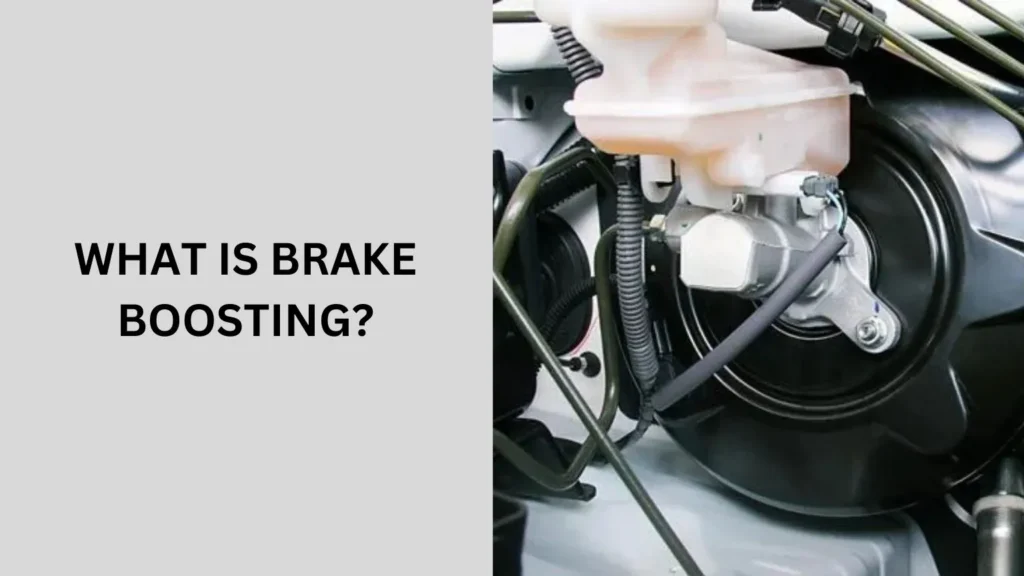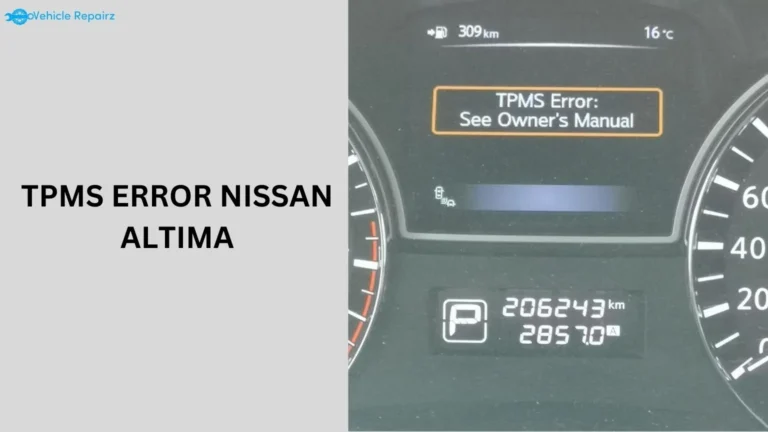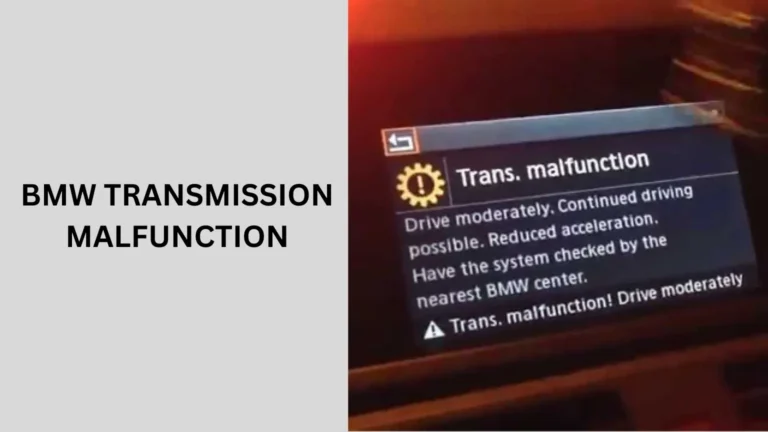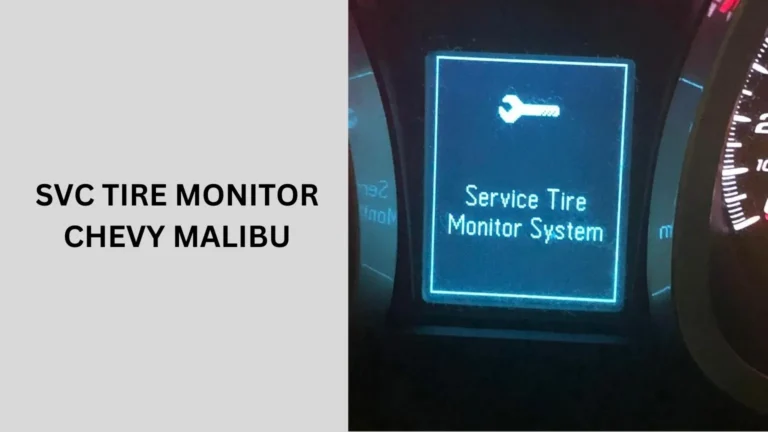What Is Brake Boosting? (Explained) Of 2024
Brake boosting is a term often heard in the world of automotive performance and safety. If you’re looking to understand how brake boosting works, why it’s important, and how it can impact your driving experience, you’re in the right place.
In this article, we’ll dive into the details of brake boosting, its benefits, and its impact on vehicle safety and performance.

What Is Brake Boosting?
Brake boosting is a crucial technology in modern vehicles designed to enhance braking performance and safety.
It involves systems that amplify the force applied to the brake pedal, making it easier for drivers to achieve optimal braking power with less effort.
We’ll explore what brake boosting is, how it works, and why it’s important for vehicle safety and performance.
Understanding Brake Boosting
Brake boosting refers to a technology that enhances the braking performance of a vehicle. This system uses various mechanisms to increase the braking force applied to the wheels, making it easier for the driver to stop the car quickly and efficiently.
Brake boosting systems can be found in both modern and high-performance vehicles, and they play a crucial role in improving vehicle safety and handling.
How Does Brake Boosting Work?
Brake boosting typically involves the use of a brake booster, which is a device designed to amplify the force applied to the brake pedal.
The brake booster uses either vacuum or hydraulic pressure to assist the driver in applying more braking force with less effort. This can be particularly useful in emergencies where quick and precise braking is essential.
Benefits of Brake Boosting
Brake boosting systems offer several advantages that contribute to improved vehicle performance and safety.
Understanding these benefits can help you appreciate why brake boosting is an essential feature in modern vehicles.
Improved Braking Performance
One of the primary benefits of brake boosting is improved braking performance. By amplifying the force applied to the brake pedal, brake boosting systems allow for quicker and more effective stopping power.
This can be especially important in high-speed driving situations or when maneuvering through tight turns.
Enhanced Driver Comfort
Brake boosting also enhances driver comfort by reducing the amount of effort required to apply the brakes.
This can make driving more enjoyable and less tiring, particularly on long trips or during heavy traffic conditions.
With brake boosting, drivers can maintain better control over their vehicles with minimal physical exertion.
Increased Vehicle Safety
Safety is a critical consideration in any vehicle, and brake boosting systems contribute significantly to overall vehicle safety.
By providing more responsive and reliable braking, brake boosting helps reduce the risk of accidents and collisions. This is especially important in emergency situations where every fraction of a second counts.
Types of Brake Boosting Systems
Brake boosting systems come in various types, each designed to enhance braking performance in different ways.
Understanding the different types can help you choose the right system for your vehicle or diagnose any issues you might be experiencing.
Vacuum Brake Boosters
Vacuum brake boosters are one of the most common types of brake boosting systems. They use vacuum pressure generated by the engine to assist in applying the brakes. These systems are typically found in many passenger cars and light trucks.
Hydraulic Brake Boosters
Hydraulic brake boosters use hydraulic pressure to enhance braking performance. These systems are often used in high-performance vehicles and trucks, where greater braking force is required.
Hydraulic brake boosters provide a more consistent and powerful boost compared to vacuum systems.
Electric Brake Boosters
Electric brake boosters are a newer technology that uses electric motors to provide braking assistance.
These systems offer precise control and can be integrated with advanced driver assistance systems (ADAS) for enhanced performance.
Electric brake boosters are becoming more common in modern vehicles due to their efficiency and versatility.
Brake Boosting and Vehicle Maintenance
Maintaining your brake boosting system is essential for ensuring optimal braking performance and vehicle safety.
Regular upkeep and timely repairs can prevent issues and extend the lifespan of your braking components. Here’s what you need to know about brake boosting maintenance.
Regular Inspection and Maintenance
To ensure optimal performance of your brake boosting system, regular inspection and maintenance are essential.
This includes checking the brake booster for any signs of wear or damage and ensuring that all components are functioning correctly. Routine maintenance helps prevent potential issues and ensures that your braking system remains reliable.
Troubleshooting Common Issues
If you experience any problems with your brake boosting system, it’s important to address them promptly.
Common issues may include a loss of braking power, unusual noises, or a soft brake pedal. If you notice any of these symptoms, it’s best to have your vehicle inspected by a qualified technician to diagnose and resolve the issue.
People also ask
Is brake boosting the same as launch control?
No, brake boosting and launch control are not the same. Brake boosting enhances braking performance by increasing the force applied to the brakes, making it easier to stop the vehicle.
Launch control, on the other hand, is a performance feature that optimizes a vehicle’s acceleration from a standstill, typically by managing engine power and brake settings to achieve the best possible launch off the line.
While both systems improve vehicle performance, they serve different purposes.
How to brake boost an automatic car?
To brake boost an automatic car:
Ensure Safety: Make sure the vehicle is on a flat surface and in a safe location.
Apply Brake: Press the brake pedal firmly with your foot.
Activate Engine: While holding the brake pedal, press the accelerator lightly. This creates additional pressure and enhances braking performance.
Are brake boosters necessary?
Brake boosters are not strictly necessary, but they are highly beneficial. They amplify the force applied to the brake pedal, making it easier to achieve effective braking with less effort.
This improves overall safety, especially in emergencies. While vehicles can function without them, brake boosters enhance braking performance and driver comfort, making them a valuable feature in most modern cars.
How to brake boost while rolling?
To brake boost while rolling:
Press the Brake Pedal: Apply the brake pedal firmly to engage the brakes.
Add Throttle: Simultaneously press the accelerator slightly to increase engine power.
Conclusion
Brake boosting is a vital technology that enhances braking performance, driver comfort, and vehicle safety.
By understanding how brake boosting works and the benefits it offers, you can better appreciate the role it plays in modern vehicles.
Whether you’re driving a daily commuter or a high-performance sports car, brake boosting systems contribute to a safer and more enjoyable driving experience.






